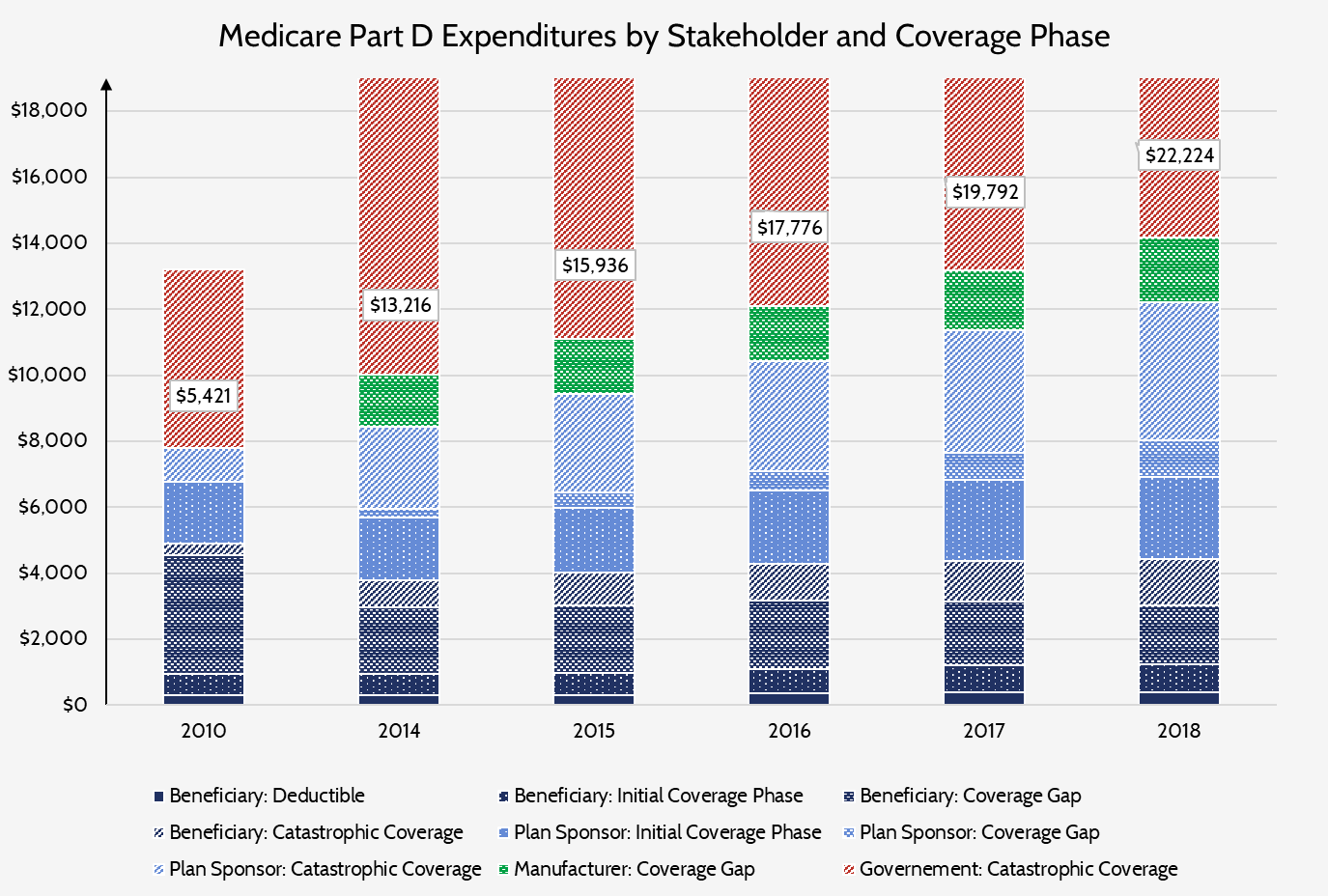Weekly Checkup
May 4, 2018
Principles for Medicaid Reform
I’ve written previously on the need for broad Medicaid reform driven by budget realities. It’s easy to forget, however, that most federal policymaking happens on a smaller scale. Targeted reforms to specific policies are where the most opportunities lie to change the course of federal programs for the better. And in this context, it’s helpful to identify some guiding principles and then to compare a couple of reform proposals to these principles.
To start, our Medicaid program would ideally prioritize the most vulnerable populations. Additionally, all of our need-based entitlement programs should seek to help people build toward a future in which they don’t require need-based assistance. At the same time, we need to be realistic about the populations in question and their ability to move beyond need-based assistance. For example, disabled populations are almost always excluded from reform proposals that put additional requirements on beneficiaries, and rightly so. Policymakers should also keep in mind that the population living on the edge of the cutoff for need-based programs is particularly vulnerable to small changes in their employment and financial situation.
Now let’s apply these principles to two Medicaid reform proposals that have generated a fair amount of outrage. The first is making Medicaid eligibility, for a subset of beneficiaries, subject to employment. These work-requirement proposals have been around for a long time, but the Trump Administration has broken with past administrations and is approving state applications to apply these requirements in their programs. AAF’s Ben Gitis and Tara Hayes make the case here that work requirements, as designed in recent proposals, are a positive step for the Medicaid program. The current round of work requirements are tailored to prevent harm to beneficiaries who cannot work, and even just actively looking for work is sufficient to clear the hurdle.
Another proposal some states are pursuing is a lifetime cap on Medicaid eligibility. While most variations of this proposal apply to a similar subset of beneficiaries as the work requirements, this proposal raises some red flags. First, while the work requirement’s ultimate aim is to help people become self-sufficient, a lifetime cap on benefits based purely on duration feels punitive. Hardworking individuals can still find themselves in need of the safety net, despite their best efforts. Second, the policy doesn’t provide any tools to help beneficiaries get off—and, more important, stay off—of Medicaid. Indications are the Trump Administration has concerns about these proposals. They would do well to reject them, or at least to table them for further consideration and revision.
Chart Review
Tara O’Neill Hayes, Deputy Director of Health Care Policy
The following chart shows how much various stakeholders spend on prescription drugs under Medicare Part D in each of the phases of coverage. Stay tuned next week for a more detailed analysis of the causes and effects of the shifting costs, and how this dynamic will change in the next few years.
Worth a Look
Axios: FDA takes aim at drug pricing rebates
New York Times: Lightning Struck Her Home. Then Her Brain Implant Stopped Working.
Genetic Engineering and Biotech News: CRISPR Improves Red Blood Cell Transfusion Success











